All Stories
-
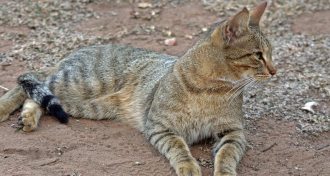 Animals
AnimalsLittle African cats need big parks
Protecting African wildcats requires large protected areas free of feral cats to avoid the risk of the wild species disappearing through hybridization.
-
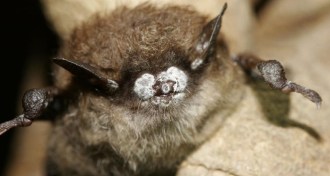 Animals
AnimalsWhite-nose syndrome messes with bats’ metabolisms
Bats with the deadly white-nose syndrome use twice as much fat for energy as their healthy companions in winter months.
-
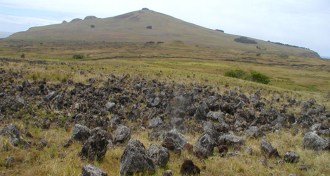 Archaeology
ArchaeologyStones challenge dating of Easter Island collapse
Despite losing ground in some areas, Polynesian farmers outlasted European contact.
By Bruce Bower -
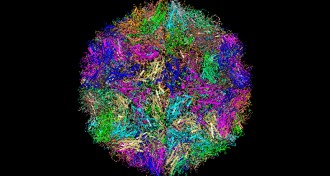 Life
LifeCold coddles colds
Antiviral responses aren’t as effective against common cold viruses in cooler temperatures.
-
 Health & Medicine
Health & Medicine‘AIDS’ gives inside view of science, politics of epidemic
In ‘AIDS Between Science and Politics,’ pioneering HIV expert Peter Piot discusses the factors and events that shaped the epidemic.
By Beth Mole -
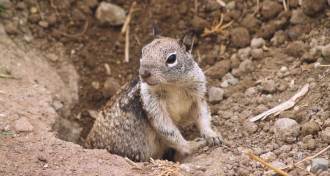 Animals
AnimalsWhy ground squirrels go ninja over nothing
Ground squirrels twist and dodge fast enough to have a decent chance of escaping rattlesnake attacks.
By Susan Milius -
 Climate
Climate‘Storm Surge’ revisits Sandy, looks to future hurricanes
Superstorm Sandy deluged New York City and could be a harbinger of future coastal flooding.
By Sid Perkins -
 Psychology
Psychology‘Survival of the Nicest’ demonstrates altruism all around
Selfishness is not the rule in human society, new book argues.
By Nathan Seppa -

-
 Ecosystems
EcosystemsLessons for the new year
SN Editor in Chief, Eva Emerson, reflects on looking to nature for insights on how to constructively look ahead - even if just a year -drawing from a handful of this issues natural science stories for her 2015 resolutions.
By Eva Emerson -
 Neuroscience
NeuroscienceCold War collaboration probed possible viral cause of ALS
A mid-1960s collaboration between American and Soviet researchers explored a possible viral cause of ALS.
By Beth Mole -
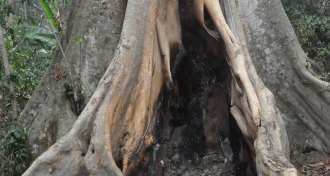 Life
LifeInsect-eating bats implicated as Ebola outbreak source
Insect-eating bats, not fruit bats, may have started the Ebola epidemic.